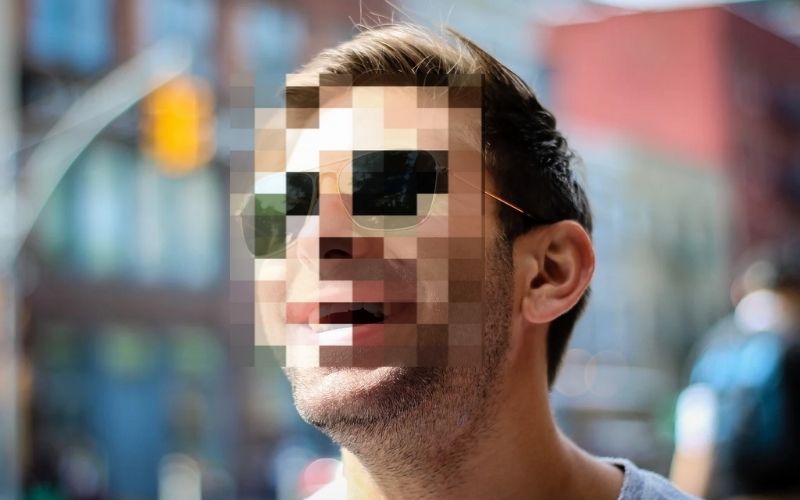Visual privacy and security company Pimloc has closed £1.4m in new financing in a seed funding round led by Amadeus Capital Partners with participation from Speedinvest and existing shareholders.
Founded in 2016, the firm specialises in deep learning systems for security video and diverse image collections. Its tech is used in products that enable private businesses and public organisations to protect sensitive or personal visual data, to maintain safe online environments and to manage video security footage.
Pimloc’s deep learning platform powers two products. The first is Pholio, a search and discovery platform for large image and video collections and live streams. The second, Secure Redact, is a data privacy platform for the anonymisation of personal data in video.
These products are being deployed within a range of sectors including mobility, insurance, entertainment, broadcasting and law enforcement.
Pimloc was born out of co-founders Simon Randall and James Leigh’s work in autonomous intelligent camera systems, and the requirement for the preservation of people in front of the lens.
Randall has experience across a range of product, market and technology areas from more than 12 years in mobile.
Leigh has a long history in Computer Vision and AI having been one of the team that developed the Hawkeye ball tracking solution before moving to Venatrack and Detica.
They are supported by some of the world’s foremost thinkers in deep learning visual technology, Professors Andrew Zisserman and Andrea Vedaldi from the Oxford University VGG lab, and national security expert, Neil Thompson, CB.
Simon Randall, CEO, said, “Video is being captured more often, by more devices and in more locations than ever before. Historically much of this footage has resided with security officers but now other business functions want to extract valuable data from this content.
“How this data is managed and shared is raising critical legal and ethical questions for data privacy. The protection of personal data needs to be designed into visual security and analytics systems by default to protect individuals from the misuse of face recognition and other technologies.
“Video files are typically large in size and present unique challenges of scale and security for access, processing, review and supply compared to other data. Without specialist automation data security is impossible to manage at any scale.”


